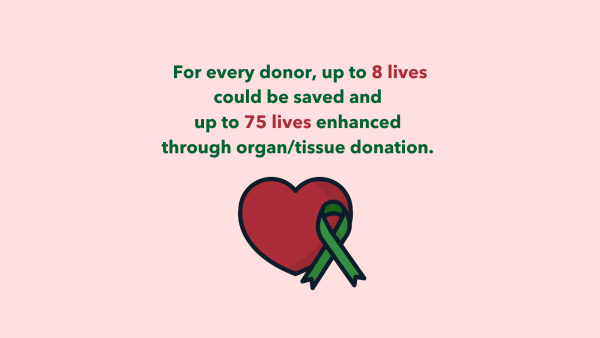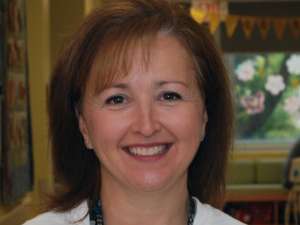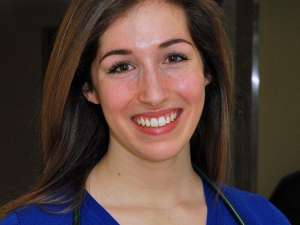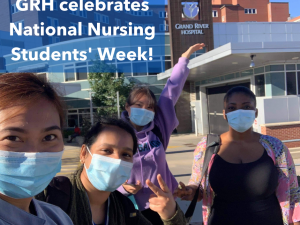
April is Be a Donor Month. In 2022, WRHN had 4 donors which lead to 9 organ transplants and 34 tissue donors! Organs and tissue that donors can provide include the heart, kidneys, liver, lungs, pancreas, small intestines, eyes, bone, skin, and heart valves.
At the hospital, donation is a collaborative effort that combines the generosity of the patient with the compassion and professionalism of their healthcare team. It takes many healthcare providers, disciplines, and medical equipment to support the progress of organ and/or tissue donation. Hospitals in the province work with the Ontario Health Trillium Gift of Life Network (TGLN) on all donation and transplantation services.
At Waterloo Regional Health Network, Shannon Quennell is the TGLN Specialist. Shannon assists to facilitate donation within the hospital and works closely with all healthcare teams. She also communicates all information and testing to the provincial resource centre. The resource centre forwards this information and test results onto the respective transplant teams to hopefully find a match with a donor.
There are many other roles that contribute to successful organ donation. Outside of healthcare providers, the family of the patient also plays an integral role. The family “supports their loved one’s end-of-life wish and believes via organ and tissue donation, their loved one [can] help others,” Shannon explains.
A patient may already be a registered organ donor or the decision to donate may be decided during their end-of-life care. The patient’s physician delivers poor prognosis information and supports donation through the order entry. In addition to their bedside care, the patient’s registered nurses often make the referral to TGLN and work closely with the Specialist. Social workers are also available to the patient and their family to process a grave prognosis and support the donation process. The surgical team retrieves the organs and/or tissue that will be donated. The manager of the intensive care unit (ICU) also works with the Specialist during the donation process and follow-up. Clerks on the unit help ensure the paperwork is in order and arrange transportation.
While every role involved in the organ donation process is important, Shannon notes that there are many “hidden heroes” involved in the process whose collaboration may be less well-known. Educators validate post-mortem metrics that are forwarded onto TGLN. The laboratory, diagnostic imaging, and cardiology teams perform a variety of tests to determine the health of the organs and/or tissue that will be donated. The radiology team in particular uses diagnostic images to analyze the size and quality of each organ. The health records team assists the Specialist in follow up on cultures that were analyzed. There is also an operational lead who ensures the donation process follows hospital policy.
The decision to become a donor is a personal choice that can be motivated by a variety of reasons. For each donor, up to eight lives could be saved and up to seventy-five enhanced through organ and/or tissue donation. To learn more or consent to becoming a donor, visit https://beadonor.ca/.


 Deb Crann: providing passionate care for children with cancer
Deb Crann: providing passionate care for children with cancer Laiya Carayannopoulos: benefiting from a welcoming learning experience at GRH
Laiya Carayannopoulos: benefiting from a welcoming learning experience at GRH GRH Celebrates National Nursing Students' Week
GRH Celebrates National Nursing Students' Week